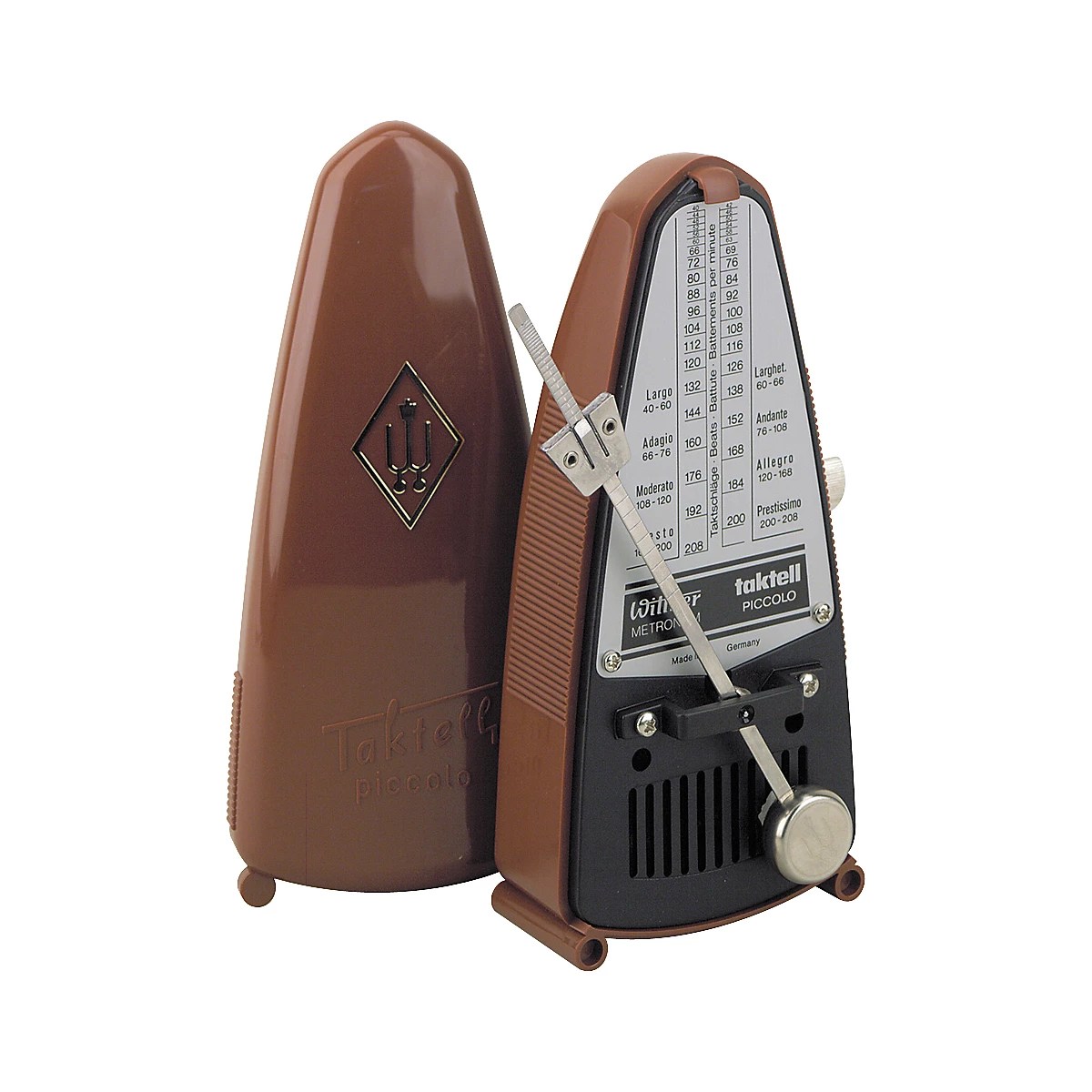The Importance of a Metronome: Developing Timing and Precision
- Taylor Fends

- May 30, 2024
- 3 min read

As a musician, one of the most critical skills you can develop is impeccable timing and precision. Whether you're a beginner or an experienced player, a metronome is an invaluable tool that can help you achieve these goals. In this blog post, we'll explore the importance of using a metronome and how it can enhance your musical journey.
What is a Metronome?
A metronome is a device that produces a steady beat or click at a set tempo, measured in beats per minute (BPM). It serves as a rhythmic guide, helping musicians maintain a consistent tempo while practicing. Metronomes come in various forms, from traditional mechanical models to modern digital and app-based versions.
Why Use a Metronome?
Consistent timing is the foundation of good music. A metronome helps you internalize a steady beat, making it easier to play in sync with other musicians. Whether you're practicing scales, arpeggios, or complex pieces, a metronome ensures you stay on track and develop a reliable sense of rhythm.
Playing with a metronome forces you to listen closely and match your playing to the click. This heightened awareness leads to greater precision, as you become more adept at playing notes at the exact right time. Over time, this precision becomes second nature, significantly improving your overall musicality.
Consistency is key in music. A metronome helps you develop consistent playing habits, reducing fluctuations in tempo that can disrupt a performance. This consistency is particularly important when recording music or playing in a group, where maintaining a steady tempo is crucial.
Using a metronome allows you to track your progress more effectively. By gradually increasing the tempo, you can measure your improvement over time. This incremental approach helps you set realistic goals and achieve them, providing a clear sense of accomplishment.
Difficult passages can be overwhelming to learn at full speed. A metronome allows you to slow down and practice challenging sections at a manageable tempo. Once you master the passage at a slower speed, you can gradually increase the tempo until you reach the desired speed with accuracy and confidence.
Tips for Using a Metronome Effectively
Begin practicing at a slow tempo that allows you to play accurately and comfortably. As you become more confident, gradually increase the tempo in small increments. This methodical approach ensures you build a solid foundation before tackling faster speeds.
For complex rhythms, set the metronome to a subdivision of the beat (e.g., eighth notes or sixteenth notes). This helps you understand the rhythmic structure better and play more precisely.
Practice with the metronome clicks on different beats of the measure (e.g., on the off-beats or the second and fourth beats in 4/4 time). This challenges your internal sense of rhythm and makes you more adaptable to different musical contexts.
Modern metronome apps offer a range of features, such as customizable sounds, visual cues, and the ability to save tempo settings for different pieces. Explore these options to find what works best for your practice routine.
Consistency is key. Incorporate metronome practice into your daily routine to develop and maintain strong timing and precision skills. Even a few minutes of focused practice each day can yield significant improvements over time.
The Importance of a Metronome
A metronome is more than just a practice tool; it's a gateway to better timing, precision, and overall musical excellence. By incorporating a metronome into your practice routine, you lay the groundwork for more confident and polished performances. Embrace this essential tool, and watch as your musical skills reach new heights.
Whether you're striving to perfect a solo piece, preparing for a group performance, or simply aiming to become a more disciplined musician, the metronome is your steadfast companion on the journey to musical mastery.













Comments